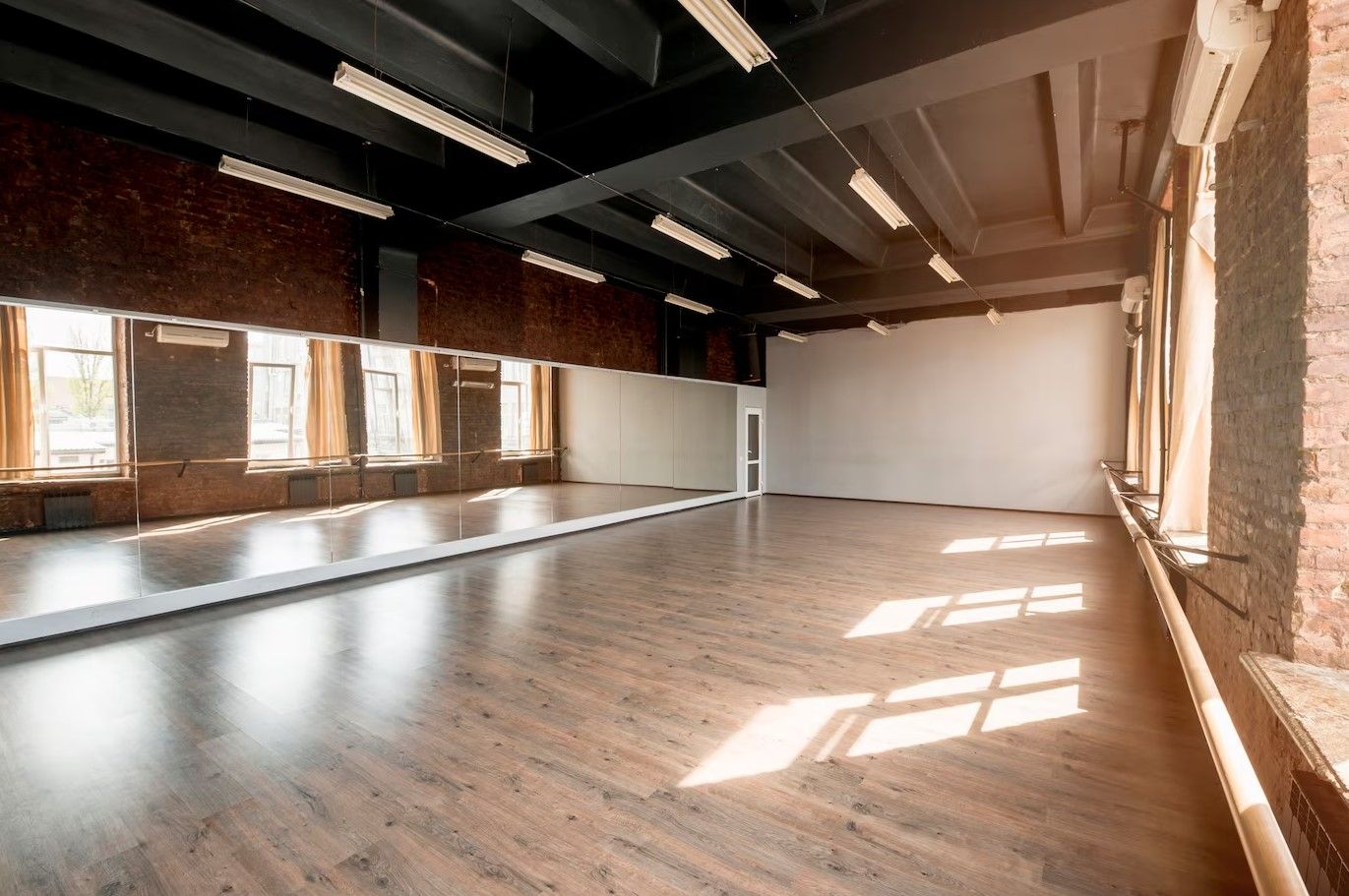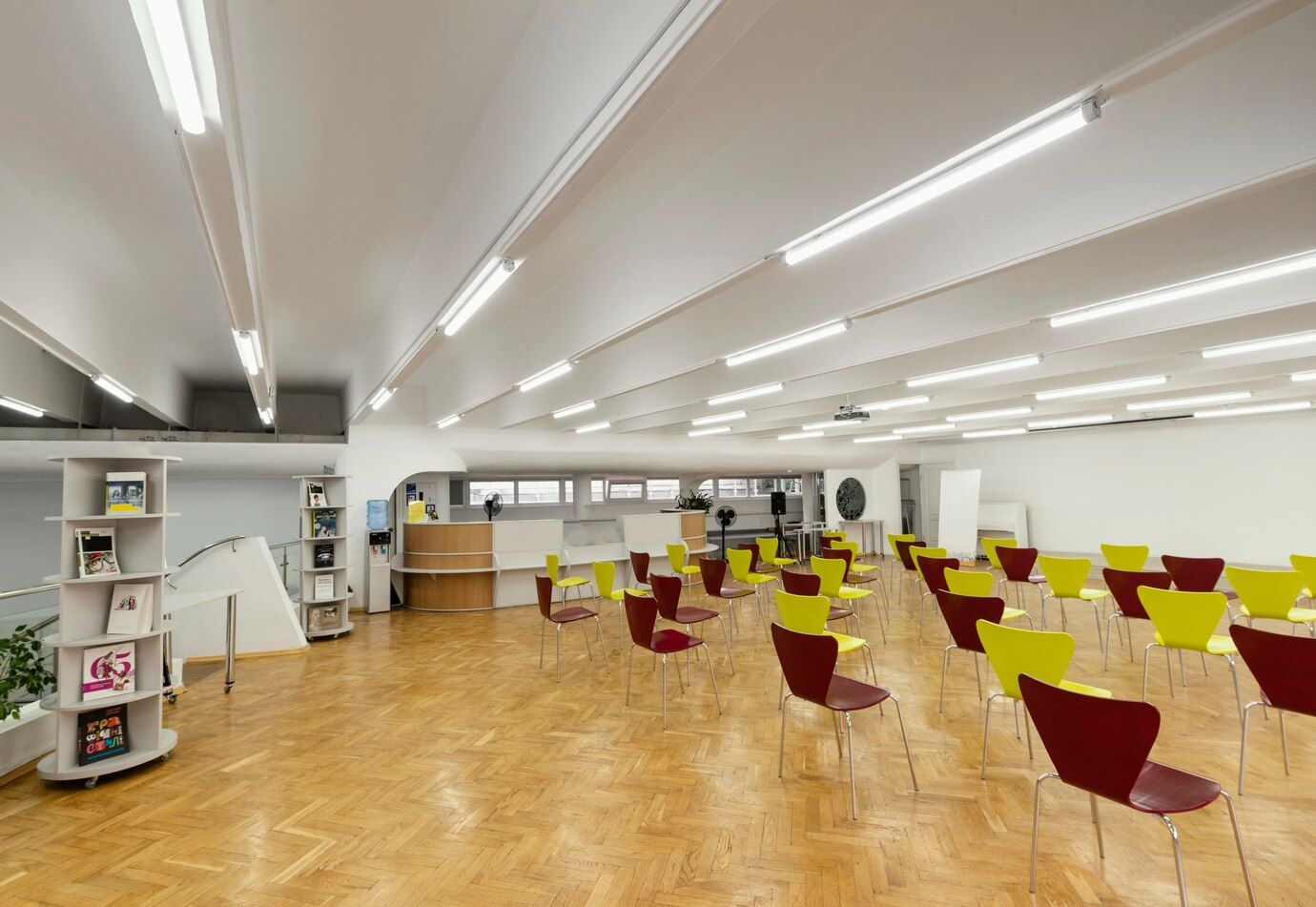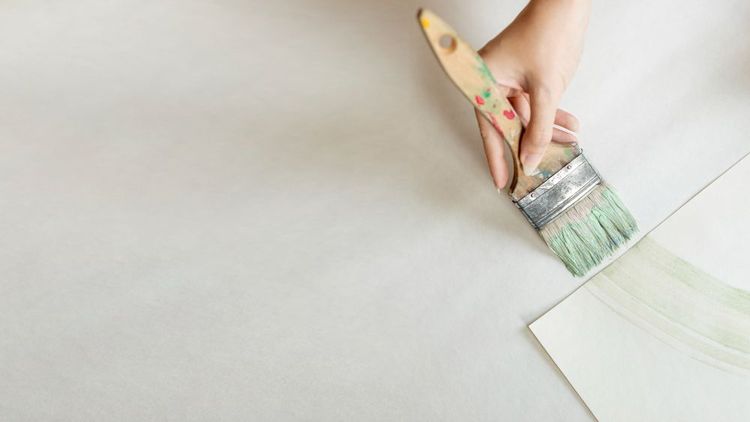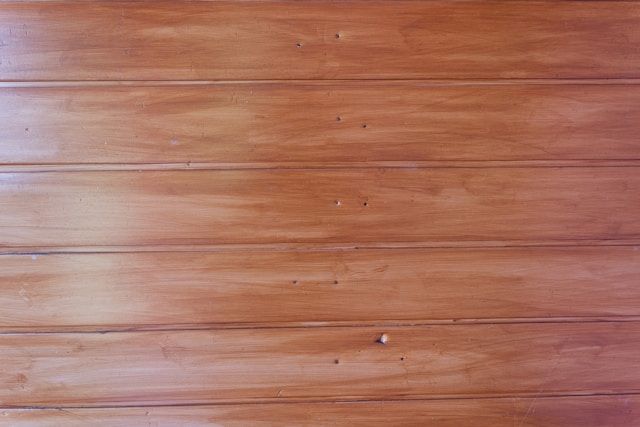Wooden Floors in Schools and Their Benefits

Schools are dynamic environments that require careful consideration when it comes to choosing building materials. From creating a safe and welcoming atmosphere for students to ensuring durability and sustainability, every detail matters. Among these choices, flooring plays a crucial role in shaping the learning environment. Wooden floors, often associated with warmth and elegance, are increasingly being considered for educational institutions. But what are the real benefits of wooden floors in schools? Let’s explore their advantages, including comfort, sustainability, and their contribution to a healthier learning environment.
Comfort and Aesthetic Appeal
Wooden floors offer a unique combination of functionality and aesthetic appeal. They create a warm and inviting atmosphere, making classrooms and common areas more conducive to learning. Unlike colder materials like tile or concrete, wood has a natural ability to retain warmth, providing physical comfort for students and staff alike.
The aesthetic value of wooden floors is also noteworthy. Their natural grains and tones lend a timeless elegance that can elevate the overall ambiance of a school. This visual warmth can make a school feel more welcoming, which is particularly beneficial for younger students who may feel apprehensive in institutional settings. Moreover, wooden floors come in a variety of finishes and types, allowing schools to choose styles that match their design goals.

Sustainability and Environmental Impact
As sustainability becomes an increasing priority for schools, wooden floors stand out as an eco-friendly choice. Wood is a renewable resource, and when sourced responsibly—certified by organizations like the Forest Stewardship Council (FSC)—it has a lower environmental impact compared to synthetic flooring materials. Additionally, reclaimed wood offers a sustainable option that reduces waste and gives new life to previously used materials.
Wooden floors are also durable, often lasting decades with proper care. Their longevity reduces the need for frequent replacements, thereby minimizing waste and conserving resources over time. For schools looking to align their facilities with green building standards, such as LEED certification, wooden flooring can be a valuable asset.
Contribution to a Healthier Learning Environment
Health and safety are paramount in schools, and wooden floors can contribute significantly to a healthier learning environment. Unlike carpets, which can trap dust, allergens, and other pollutants, wooden floors are easy to clean and maintain. This reduces the potential for respiratory issues among students and staff, particularly those with allergies or asthma.
Wood also has natural antibacterial properties, which can help in maintaining hygiene in classrooms, hallways, and other high-traffic areas. Combined with regular cleaning routines, wooden floors can help create a cleaner and healthier space for learning.
Acoustic Benefits
Noise levels in schools can be a challenge, especially in open-plan layouts or busy common areas. Wooden floors, particularly when paired with acoustic underlays, can help reduce noise levels by absorbing sound. This creates a quieter and more focused environment, which is beneficial for both students and teachers. Reduced noise distractions are especially important in classrooms, where concentration is key to effective learning.
Durability and Maintenance
Wooden floors are highly durable and capable of withstanding the demands of a school environment. Hardwoods like oak, maple, and hickory are particularly suited for high-traffic areas, offering resistance to wear and tear. Additionally, engineered wood—composed of a hardwood veneer over a plywood base—provides added stability and is less susceptible to warping or moisture damage.
Maintenance for wooden floors is straightforward. Regular sweeping and mopping with appropriate cleaning solutions can keep them in excellent condition. Periodic refinishing can address scratches or dullness, restoring the floor’s original luster without the need for replacement. Over time, this ease of maintenance can lead to cost savings for schools.
Enhancing Student Well-Being
The choice of materials in a school setting can have a subtle but significant impact on students’ well-being. Wooden floors, with their natural warmth and aesthetic charm, create a more pleasant and stress-free environment. Studies have shown that exposure to natural materials like wood can have calming effects, reducing anxiety and improving focus. In a school context, this can translate to better academic performance and a more positive atmosphere.

Flexibility and Adaptability
Wooden floors offer versatility in design and function, making them suitable for various areas within a school. From classrooms and libraries to gymnasiums and assembly halls, wooden flooring can adapt to different needs while maintaining a cohesive aesthetic. Schools can also combine wood with other materials, such as tiles or rugs, to create zones tailored to specific activities.
Conclusion
Wooden floors are more than just a flooring choice; they represent a commitment to creating a comfortable, sustainable, and healthy learning environment. Their aesthetic appeal, combined with practical benefits like durability, low maintenance, and acoustic properties, make them an excellent option for schools. By choosing wooden flooring, educational institutions can invest in long-term value while fostering a space that supports student well-being and academic success.
In the ever-evolving landscape of school design, wooden floors stand out as a timeless and practical solution that meets the needs of both students and educators.



